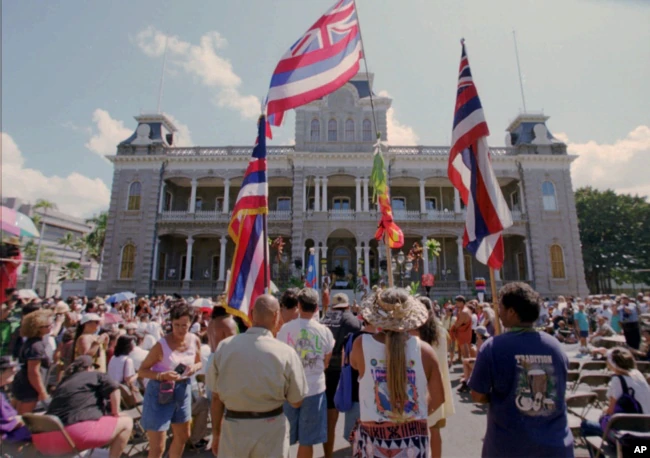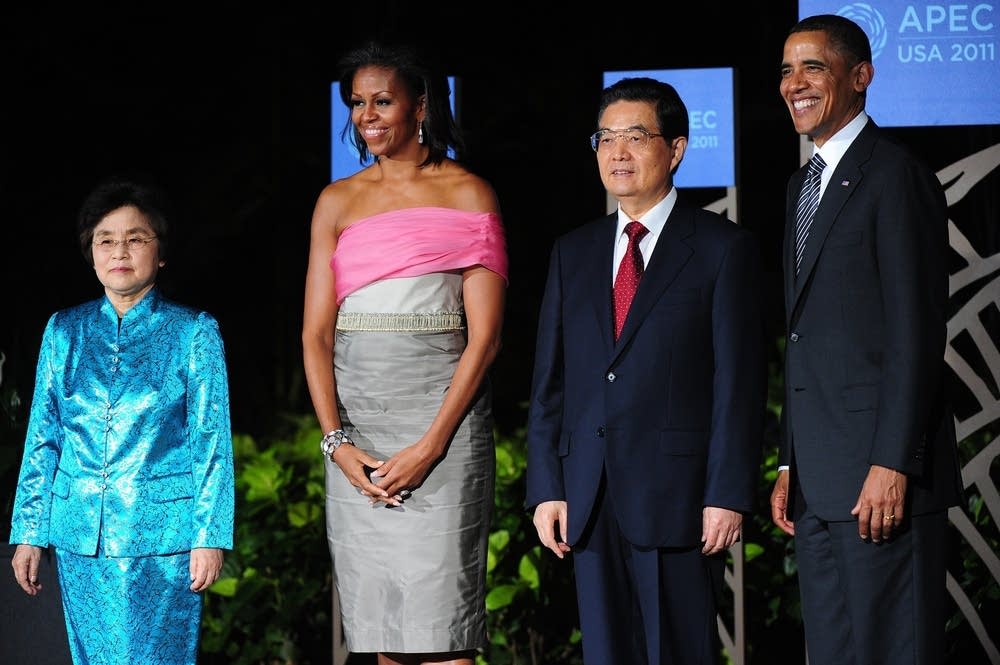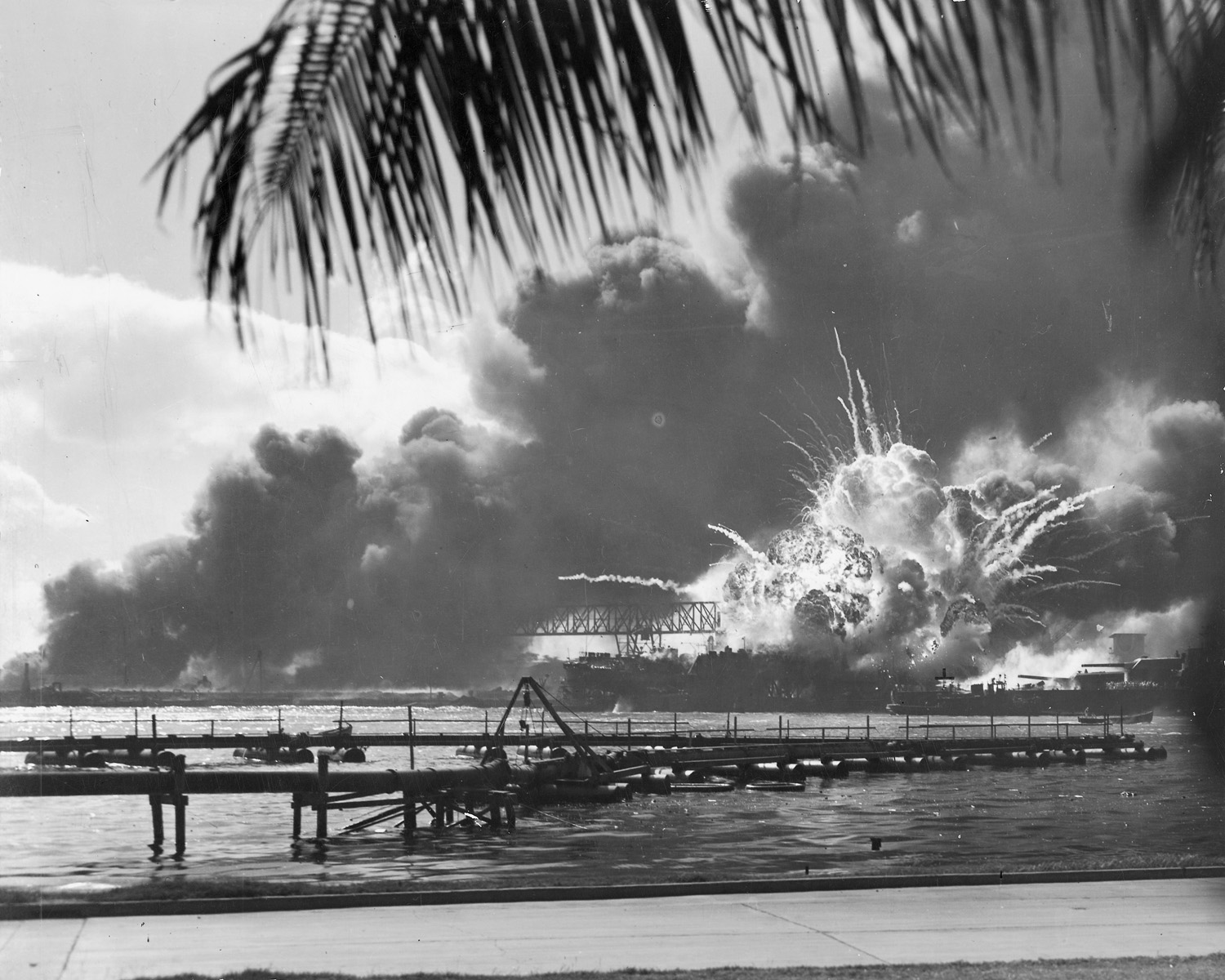Modern Impact
On the Mainland
The US annexation of Hawaiʻi changed the course of American history. America’s involvement in WWII began in Hawaiʻi. Sugar has been eclipsed by tourism as Hawaiʻi’s main industry. Postwar Hawaiʻi is a popular international tourist destination and integral to America’s cultural image.
"Kimo's Cane" Sugar Ad, 1976, California and Hawaiian Sugar Company

"Travel Poster with Hawaiian Hula Dancer," 1948, Library of Congress

"Somber Commemoration of the 100th anniversary of the annexation of Hawaii," 1998, Associated Press
Debate and Diplomacy Today
Today, we still debate land and water rights, and the impact of the military and tourism on the Islands' environment. The US presence in Hawaiʻi plays an important role in our diplomatic relationships with East Asian allies and rivals. Debate and diplomacy continue to be important to Hawaiian and American history.

"Welcoming ceremony for the APEC Leaders' dinner during the Asia-Pacific Economic Cooperation (APEC) Summit in Honolulu," 2011, MPR News

"USS Shaw During the Pearl Harbor Attack," 1941, US Navy
Annexation's Legacy
For native Hawaiians and Asians, annexation initially meant disenfranchisement, cultural suppression, and solidification of the exploitative plantation economy. In 1959, Hawaiʻi was admitted to the union as a state. Today, it is a tourist destination but not a paradise for all. Inequality persists, especially between native Hawaiians and non-natives. Hawaiʻi grapples with questions asked by its history. Did annexation result in oppression or democracy? There are no simple answers; Hawaiians are still creating their history.